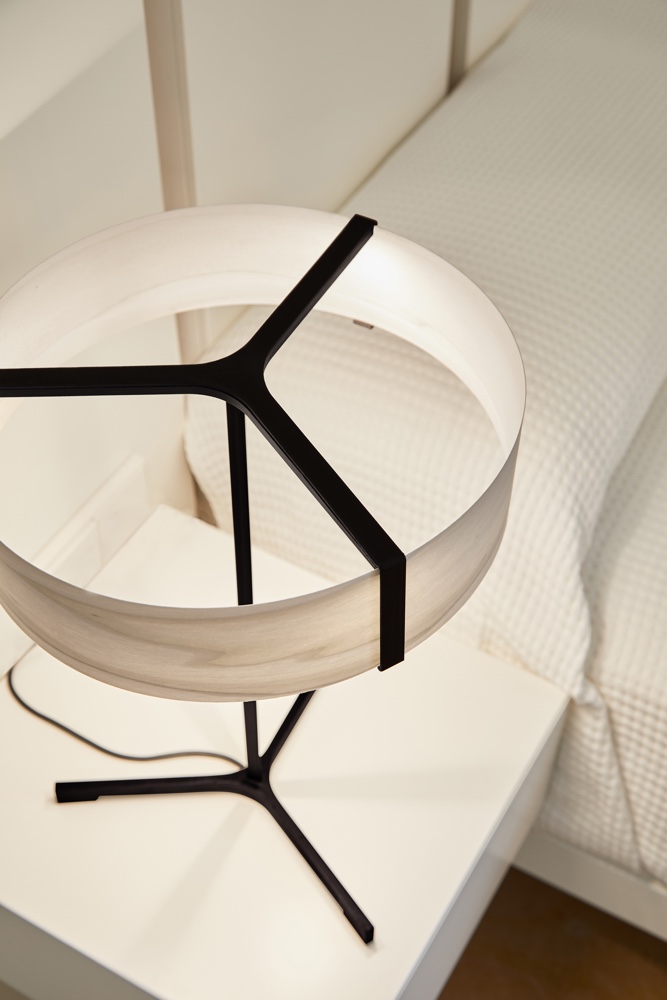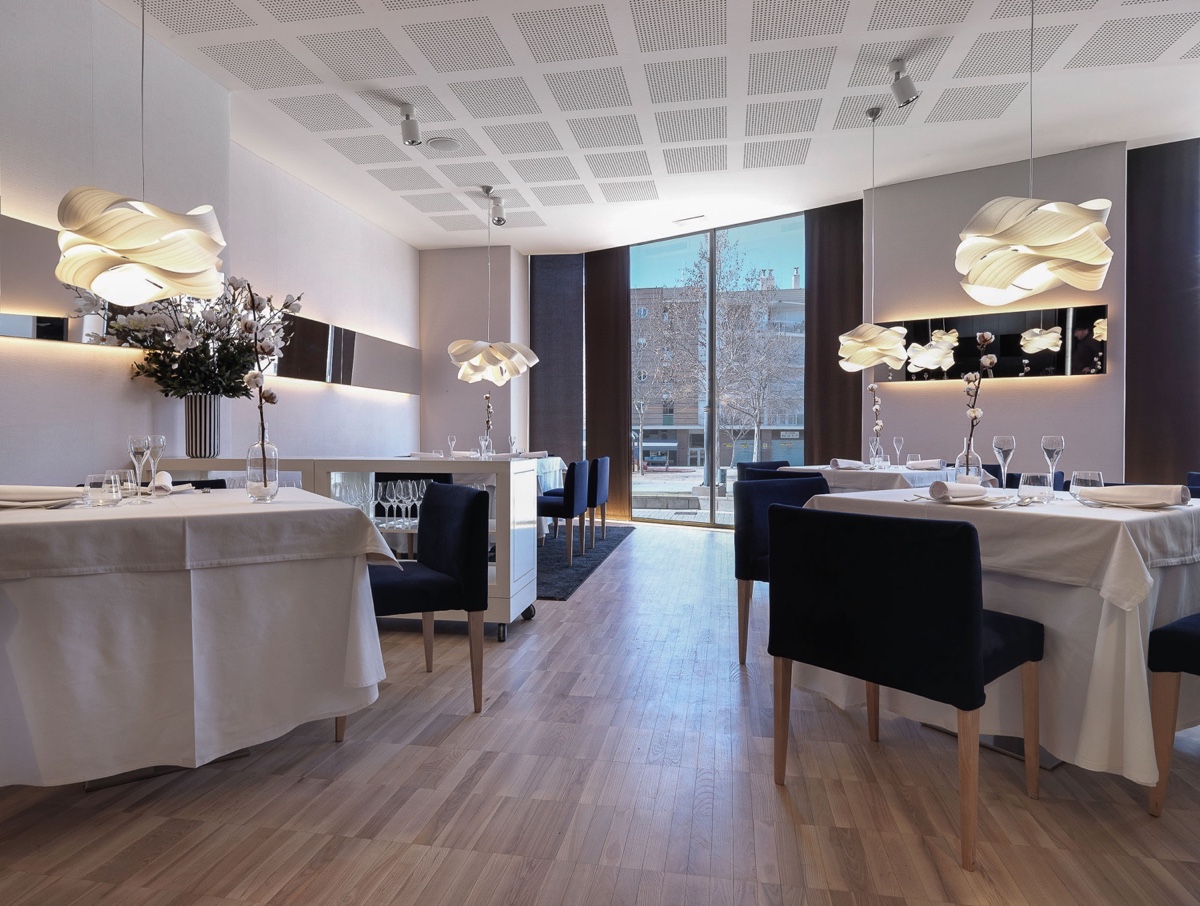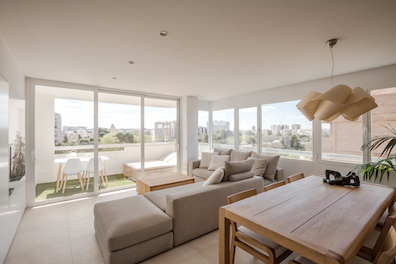2016 will go down as the year that the world reached ‘Peak Ray Power’, with the Irish designer’s gorgeous lamps for LZF appearing in a myriad of projects across the globe. It was also the year interior addicts well and truly embraced Japanese Scandi.
Japanese Scandi is an interior design style that looks set to stay with us for many years to come. As the name suggests, Japanese Scandi sees a perfect fusion of elements of Japanese and Scandinavian aesthetics:
Scandinavia’s functional-minimalist look complemented by Japan’s pure forms.
Both, Japanese Scandi and Ray Power come together in this elegant residential project located in Murcia, Spain. Designer Gaston y Daniela Málaga was enlisted to create a functional, easy to maintain residence that would reflect the fresh, fun atmosphere of family summer holidays.
The owners, a young couple with two teenage children, desired clear, bright and welcoming spaces conducive to creating special holiday memories.
LZF was happy to help out with the ‘Kodak moments’, supplying two NUT pendant lamps by the aforementioned Mr Power.

The NUT takes its name from the Valencian word for ‘knot’. An apt descriptor for a lamp where a delicate wood veneer is twisted into a total thing of beauty. The NUT has become a popular choice as a sculptural feature lamp above dining tables, and it is in this manner they have been used by Gaston y Daniela Málaga.
The interior of the Murcia House is characterized by those clean Scandinavian lines, a sense of Japanese restraint and the thoughtful use of wood and lime-washed walls, creating a space that is at once restful and uncomplicated.
As huge fans of wood ourselves, we applaud the designers’ well-considered approach to the flooring, wall paneling and choice of table. Simplicity is the key here, right down to the minimal use of ornamentation and the painted rafters.
This paired back aesthetic has created a perfect backdrop for our NUT pendants to shine, both literally and metaphorically.
Take a look at the images…pure Zen.



















